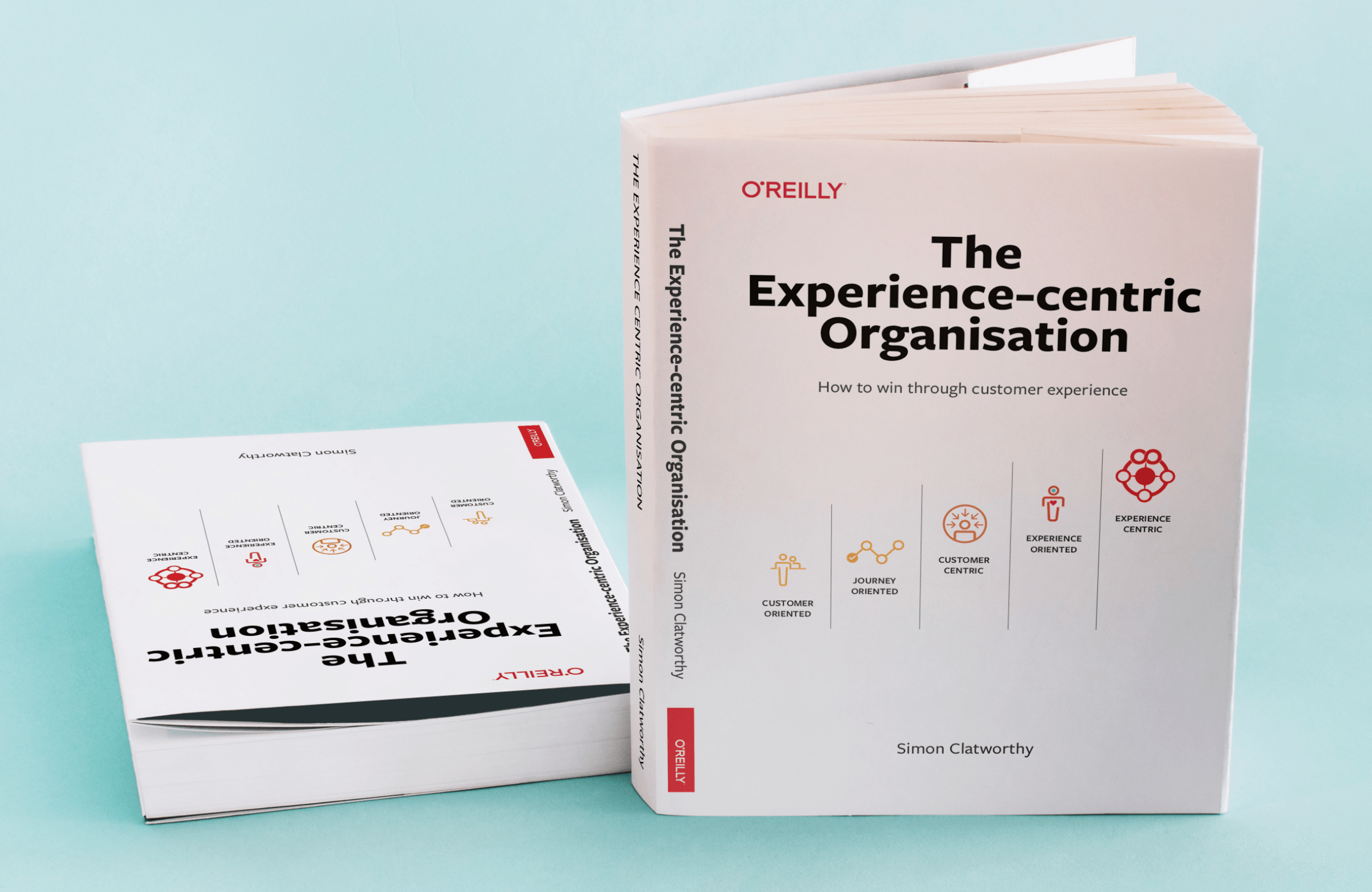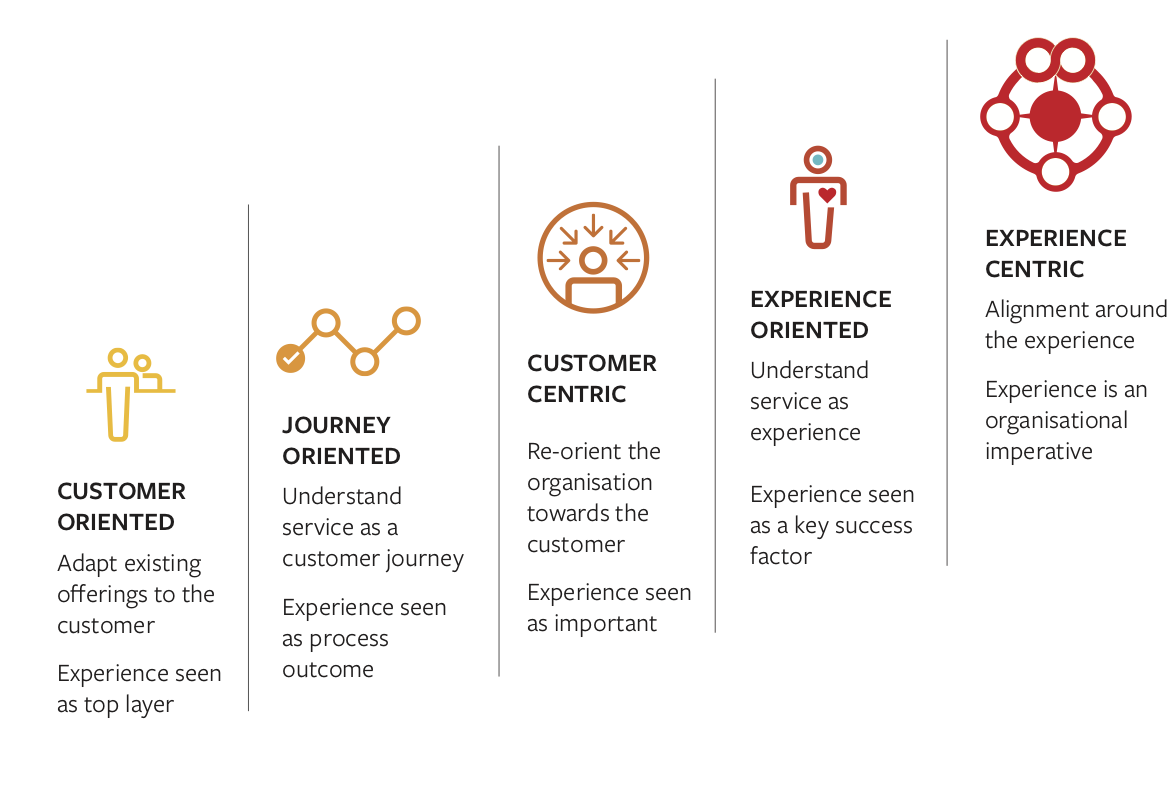
The book introduces the concept of experiential DNA as an evolution of your brand DNA. It shows how to define your unique experiential DNA and how to use it as a platform to develop relevant and desirable offerings that will deliver extraordinary customer experiences.
Experiential DNA is a mix of your mission, vision, and values; your brand strategy and history; how you view yourself; how you are viewed by your customers; and your heritage. It is a mix of who you are, who you have been and who you want to be, and is balanced between the customer perspective and the organizational perspective. Similar to human DNA, experiential DNA defines you as an organisation, and what you can and cannot offer as a customer experience.
Experiential DNA is your prime asset, and the book explains how you can translate this DNA into the customer experience. It shows that a successful translation will not only develop your unique experiential position, it will also make it hard for competitors to copy you. Using your experiential DNA will help you develop compelling offerings and experiences and also provide barriers for competitor entry.





